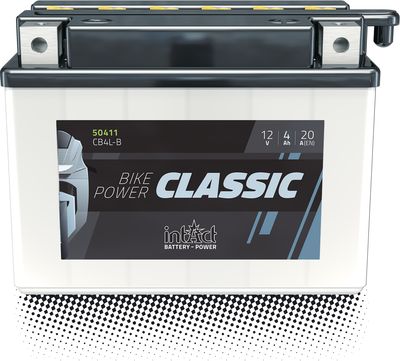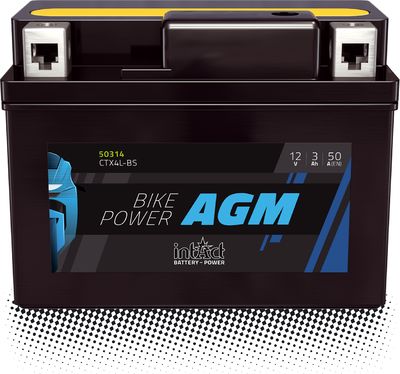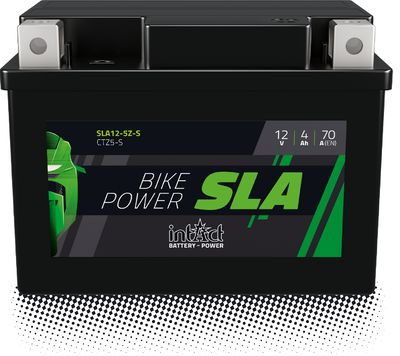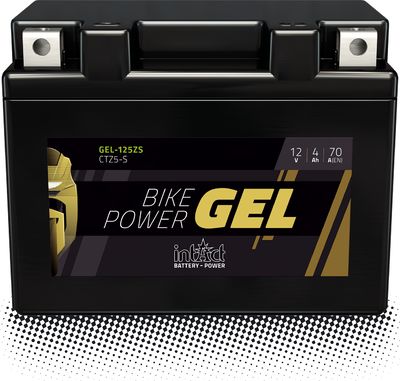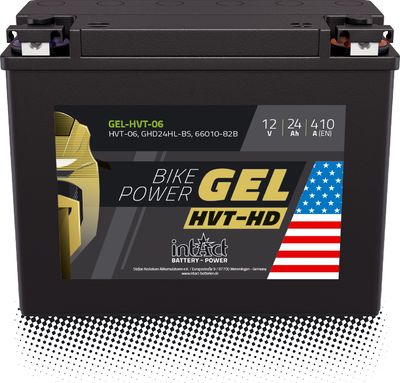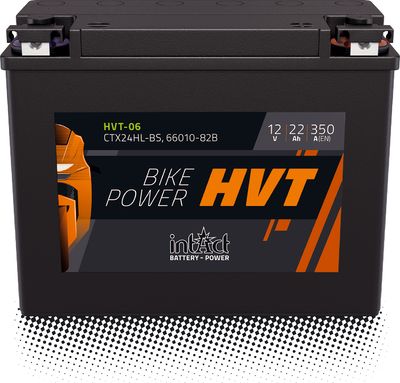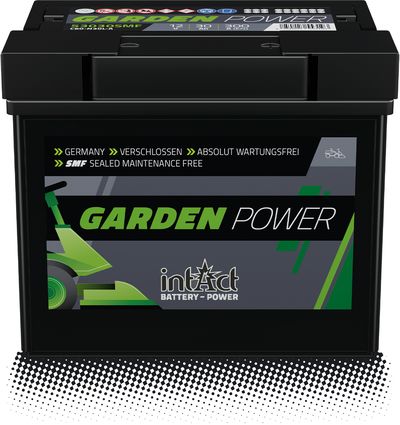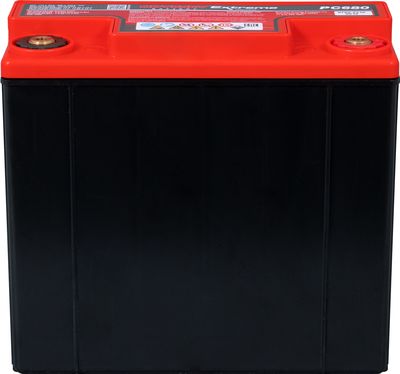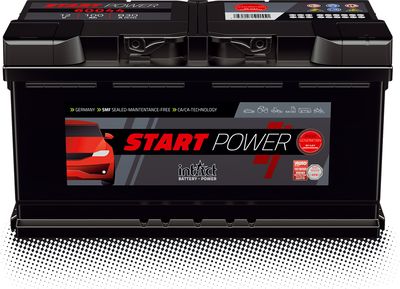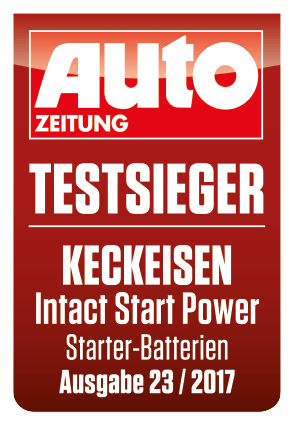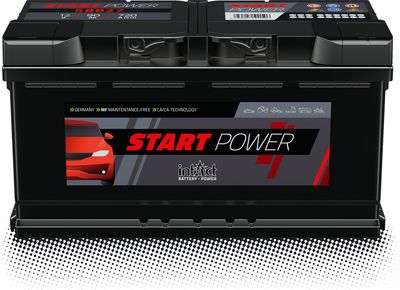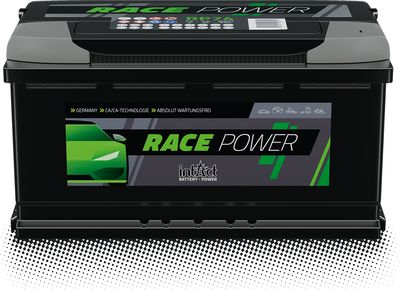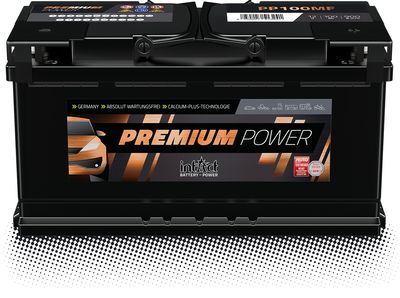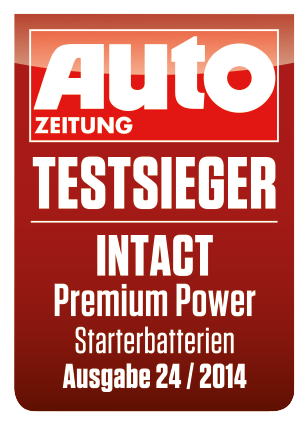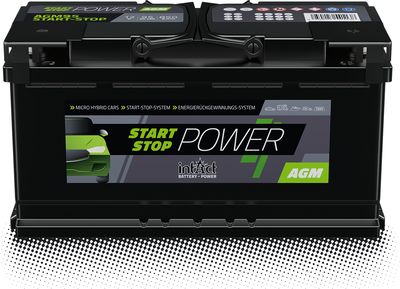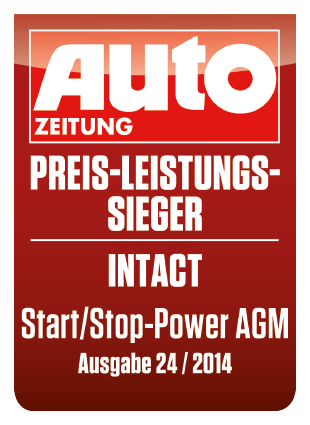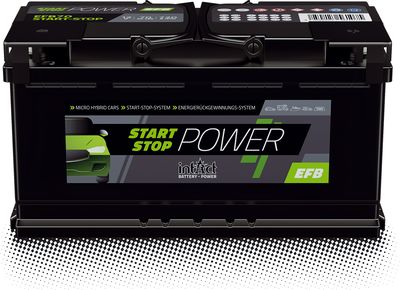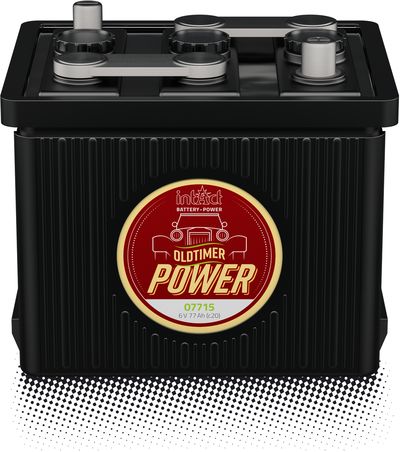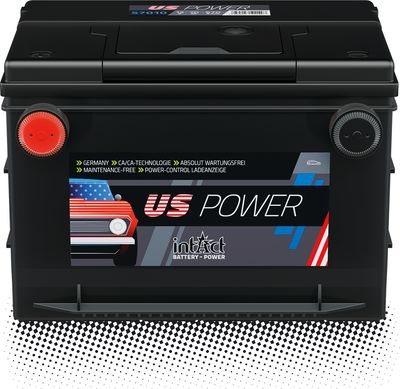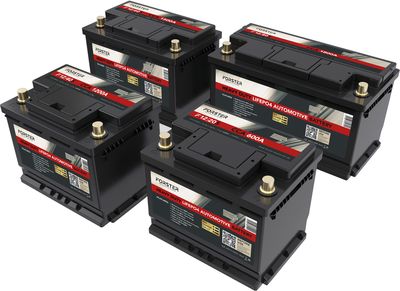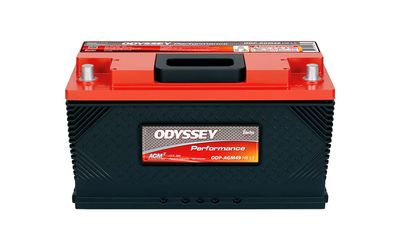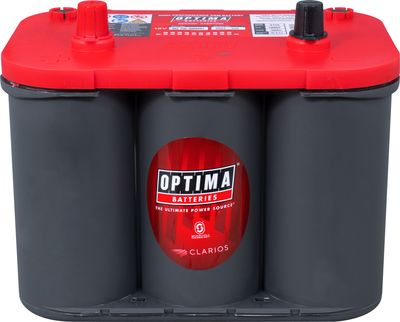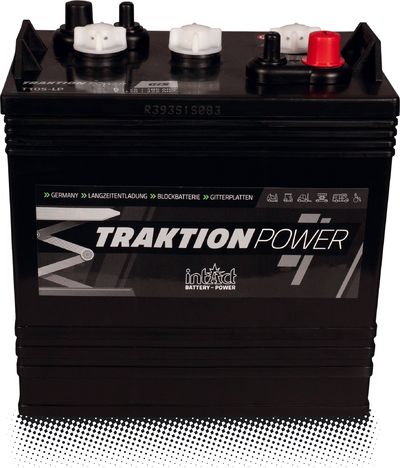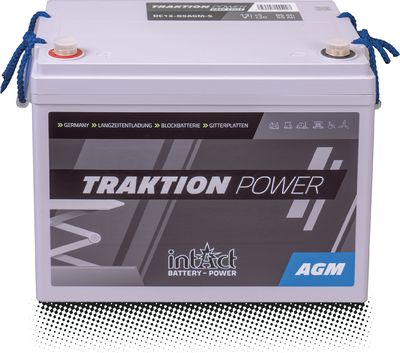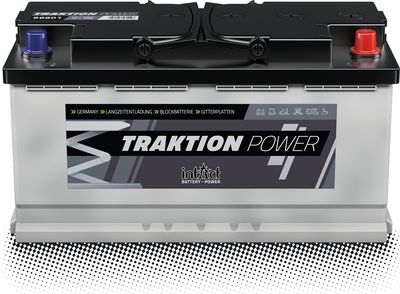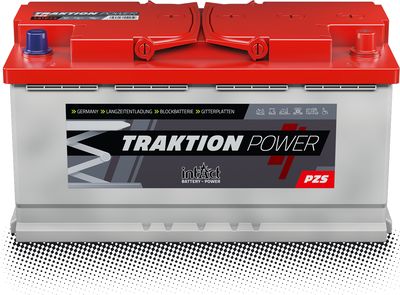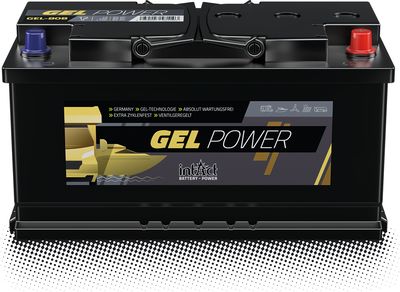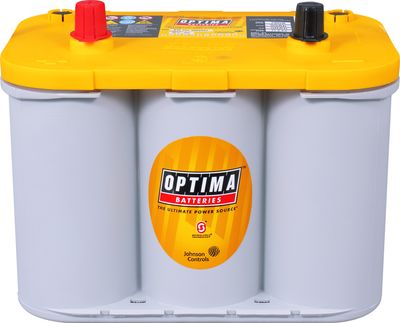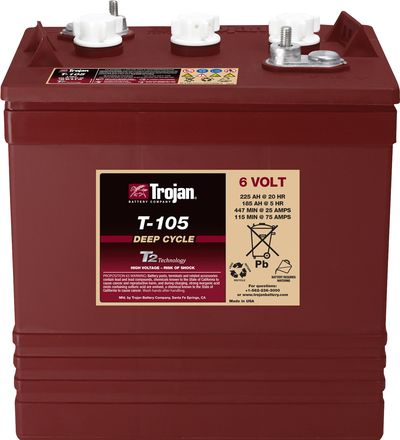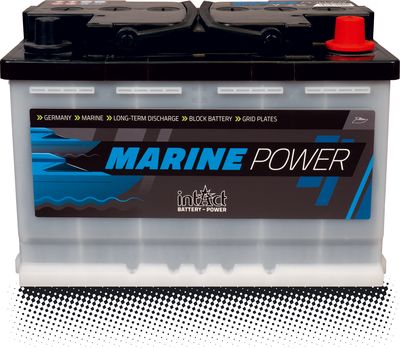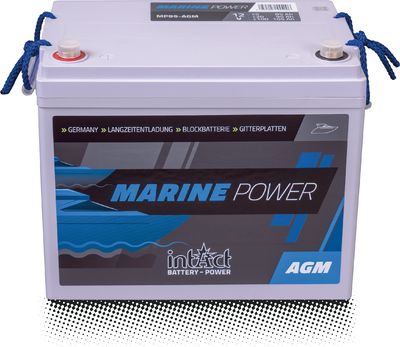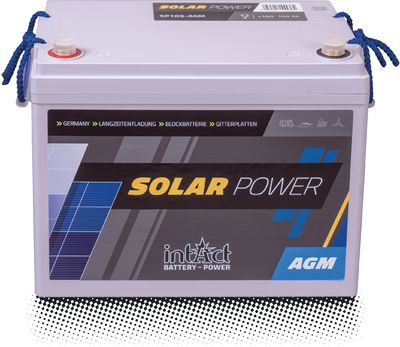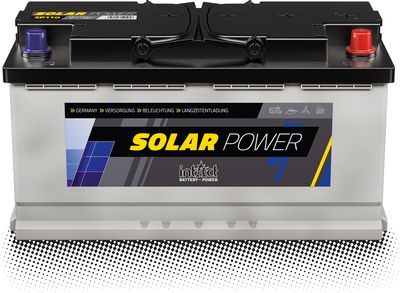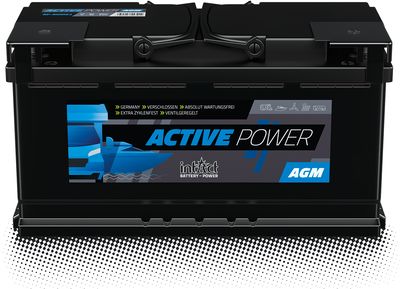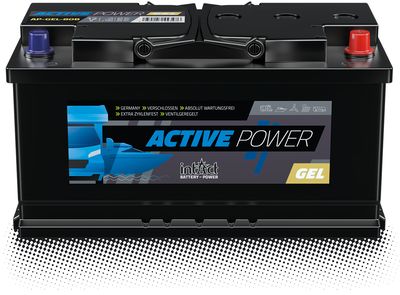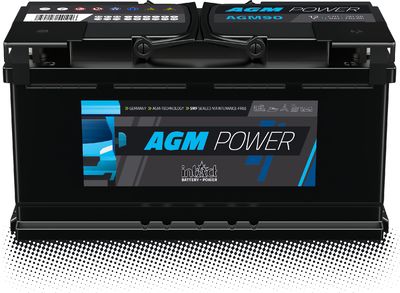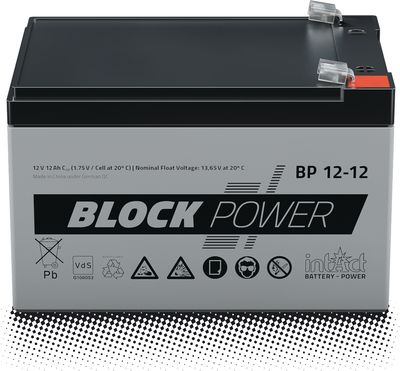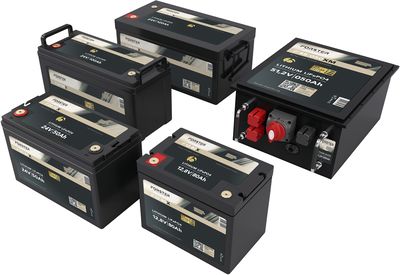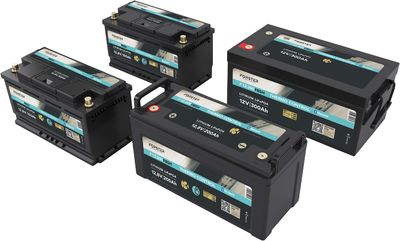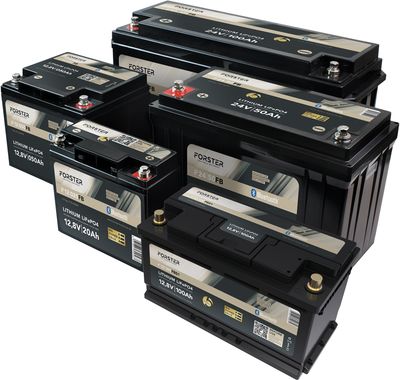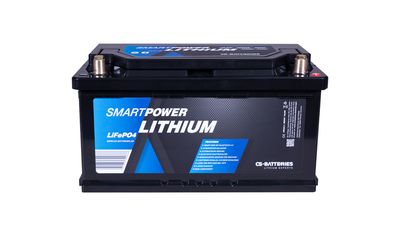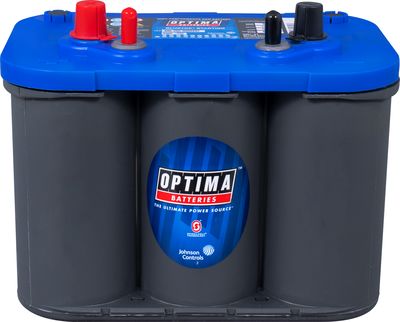Checking the liquid level against sulphation
In a battery or accumulator, the chemical reaction between the active material of the grids and the acid generates current (electrons emitted) to supply the loads or stores current (electrons) provided by the charger or alternator.
If the acid only partially …
Removing the starter battery or motorcycle battery
If you want to remove a start-stop battery: inform the vehicle system before removal.
First disconnect the negative cable (usually black), also called ground or earth, from the negative terminal of the battery.
Then remove the positive cable (usually red) from the positive terminal of the battery.
Seasonal use of drive or supply battery
Many vehicles, devices or machines are only used seasonally or on certain occasions. Ideally, your battery should be ready whenever you need it. That's why we recommend always storing batteries fully charged, at approx. 15 to 18° C and in a dry place, …
What is a supply battery?
Supply batteries must provide power for as long as possible for consumers that are not connected to the regular power grid or the starter battery. Either in mobile applications, e.g. camping or in island installations such as mountain huts, or in safety …
What does maintenance-free mean?
In maintenance-free batteries, the electrolyte is in liquid form. They are usually closed at the factory, often with a double or labyrinth lid in which any gases produced condense and remain in the battery. In normal operation, maintenance-free ones do …
Charging correctly step by step
Tip: For full performance: Charge before first installation!
1. preparation
Check that your charger matches the battery.
Does the charger support the correct charging voltage?
Does the charging current provided match the battery?
What charging curve …
Depending on the type, this battery is low-maintenance or maintenance-free.
Low maintenance version - TV types
Low-maintenance batteries can be recognised by the removable sealing plugs on the top, the vent hose and the white or transparent housing. In …
What do discoloured plugs mean?
A brown-reddish discoloration of the plugs indicates an overcharging of the battery and a fault in the charging system.
Tip: Your workshop can check whether your charge controller is working properly.
Tip: Check the function and characteristics of your …
For plugs: Simply open them and look inside.
Low maintenance batteries have a distinct advantage: if something is wrong, you can open them and look inside. What you see will give you some clues.
Warning: You can tell if the battery can be opened by the individual plugs on the top. Often these lead-acid …
Supply batteries with grid plates
Wet (flooded) deep-cycle lead-acid batteries with grid plates are particularly suitable for small and medium-sized solar applications and wind turbines thanks to their good capacity absorption and maximum capacity reserves. Grid plate technology is robust …
